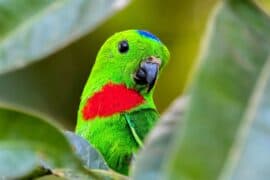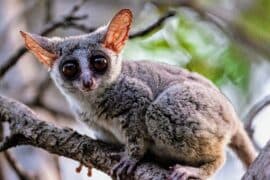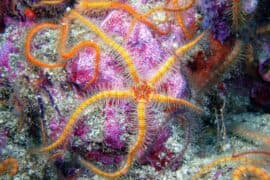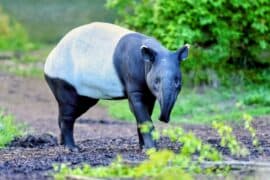Wood mouse
(Apodemus sylvaticus)
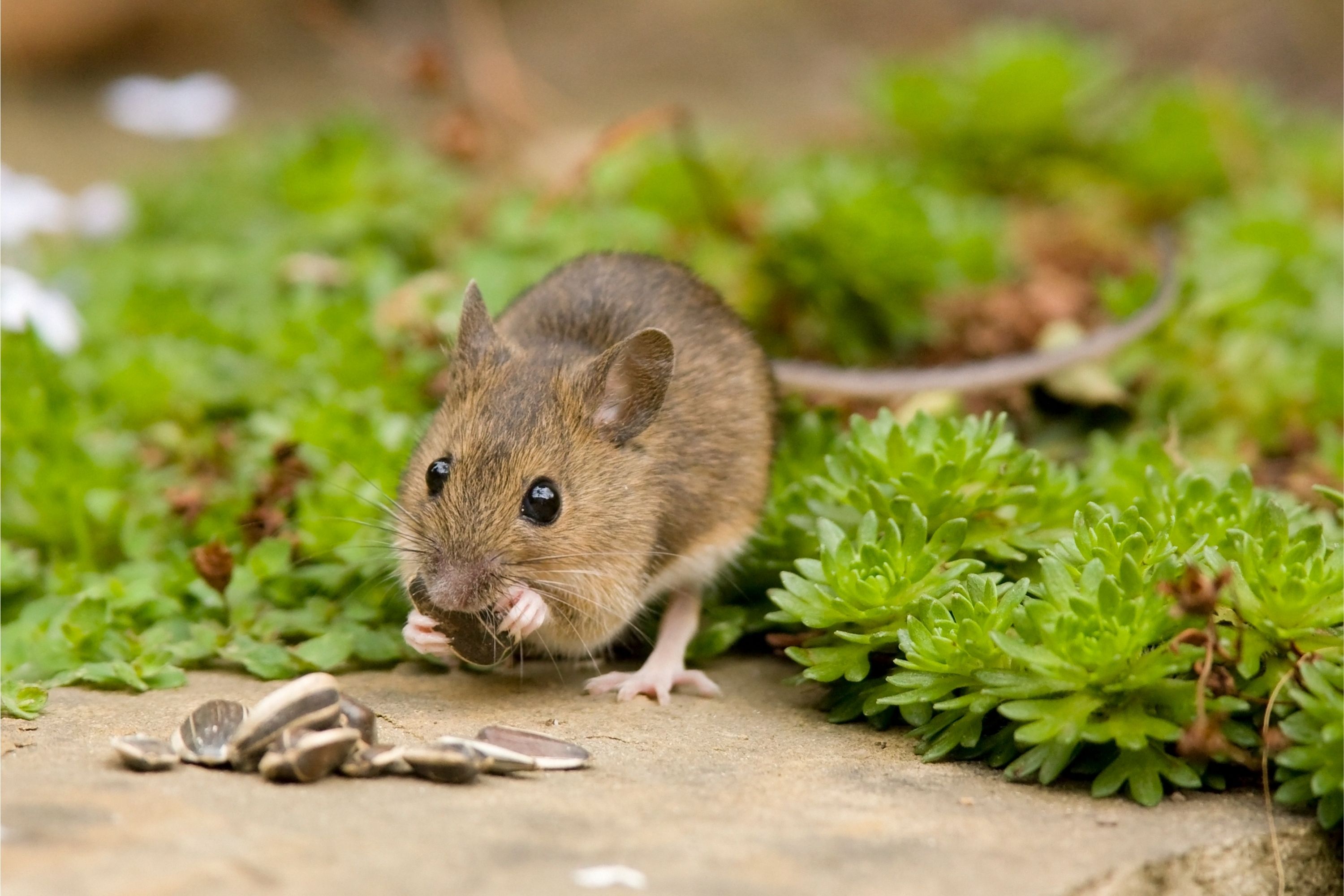
Description
The wood mouse (Apodemus sylvaticus) is a murid rodent native to Europe and northwestern Africa. It is closely related to the yellow-necked mouse (Apodemus flavicollis) but differs in that it has no band of yellow fur around the neck, has slightly smaller ears, and is usually slightly smaller overall: around 90 mm (3.54 in) in length and 23 g in weight. It is found across most of Europe and is a very common and widespread species, is commensal with people and is sometimes considered a pest. Other common names are long-tailed field mouse, field mouse, common field mouse, and European wood mouse. This species is a known potential carrier of the Dobrava sequence of hantavirus which affects humans and may pose serious risks to human health. Wood mice inhabit forests, grasslands, and cultivated fields, tending to seek out more wooded areas in winter. Almost entirely nocturnal and terrestrial, wood mice burrow extensively, build nests of plants and live in buildings during harsh seasons. It is one of the most intensively studied species in the genus. In Europe, it ranges north to Scandinavia and east to Ukraine. The wood mouse is also found in northwestern Africa and on many Mediterranean islands. Wood mice are mainly active during the dark, probably having evolved so to avoid predation, employing several anti-predatory strategies, though breeding females may be more active in daylight in order to collect sufficient food. While foraging, wood mice pick up and distribute visually conspicuous objects, such as leaves and twigs, which they then use as landmarks during exploration. If a wood mouse is caught by its tail, it can quickly shed the end of it, which may never regrow. Despite its name, it prefers hedgerows to woodland. During the colder months, wood mice do not hibernate; however, during severe winter seasons they can fall into a torpid state, a decrease in physiological activity. Predators of wood mice include foxes, snakes, weasels, hawks, owls, domestic dogs, and domestic cats. To avoid predation, wood mice tend to forage in covered microsites.
Taxonomic tree:

